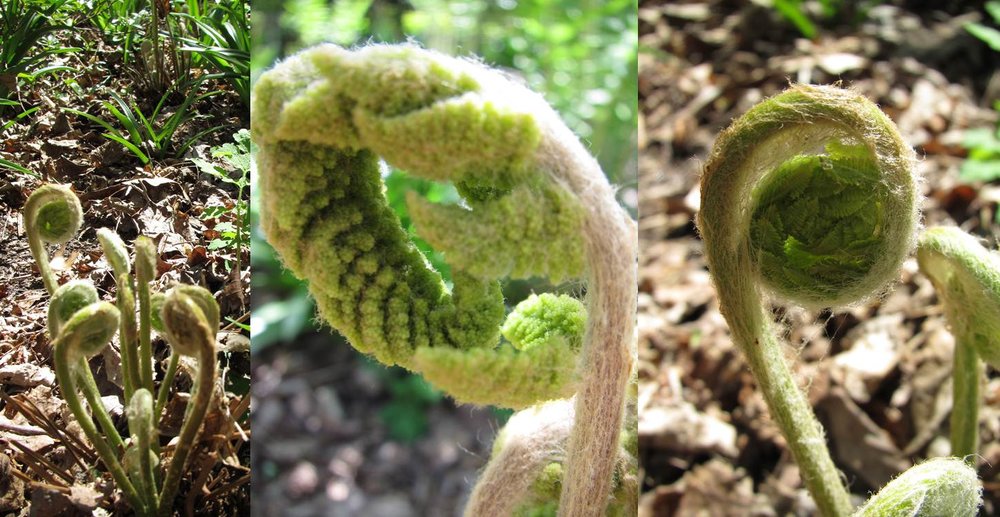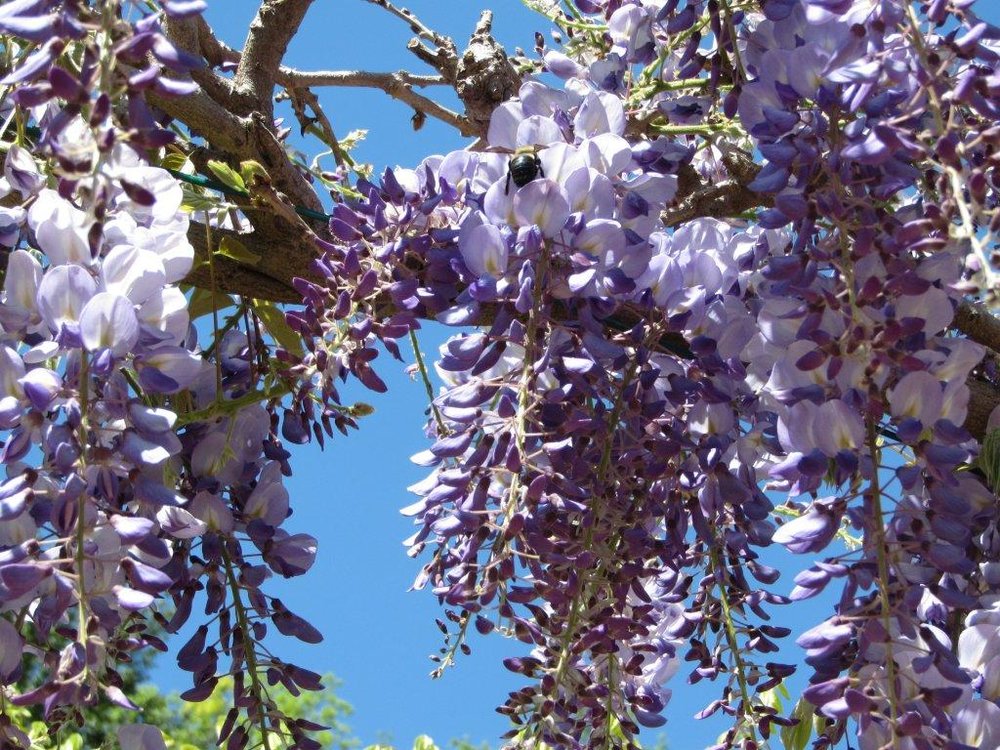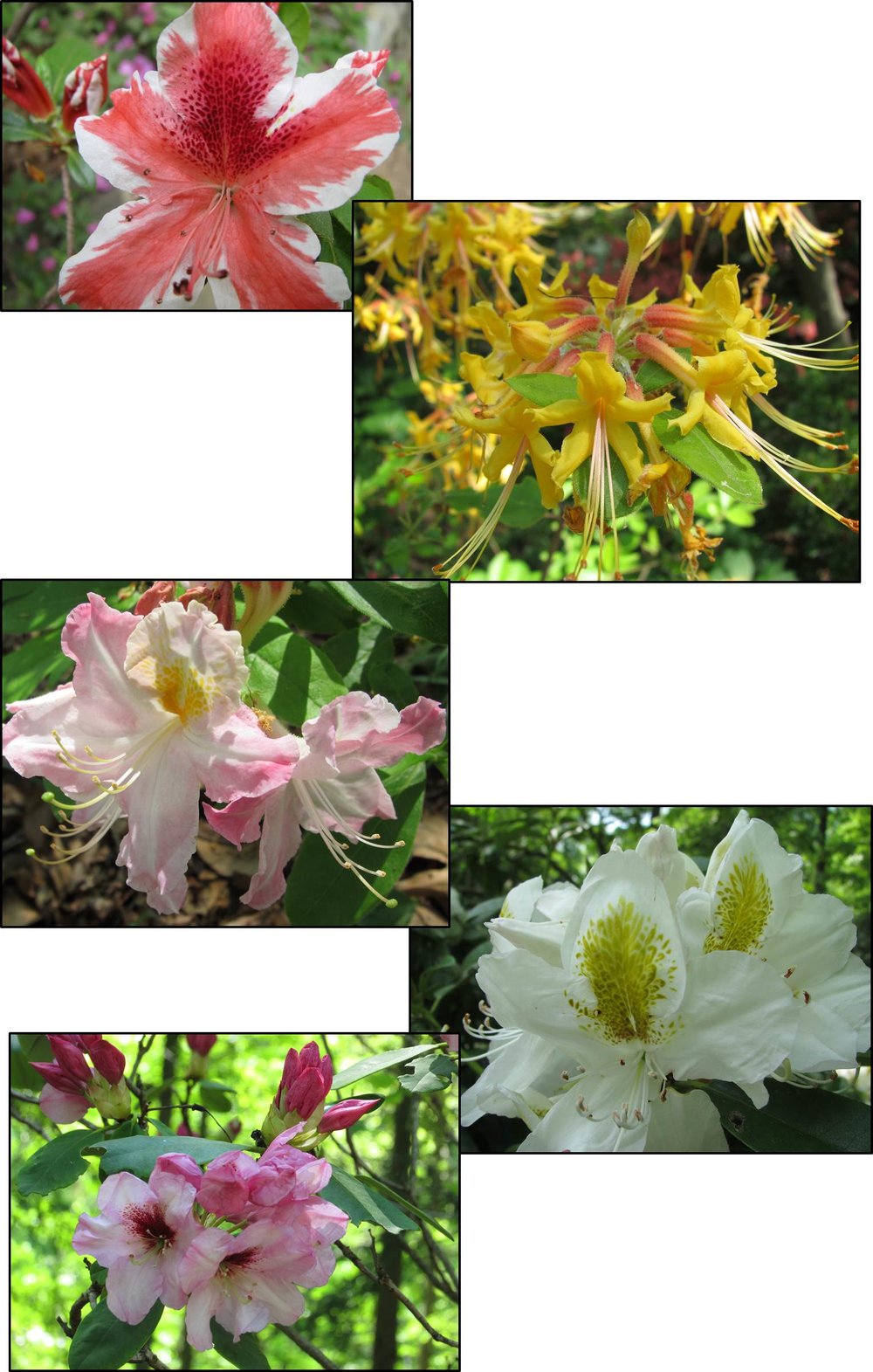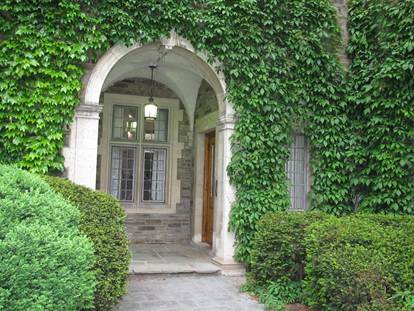Brookside in Early April
/There was a Camellia Show at Brookside Gardens this past Saturday. I enjoyed walking through it and taking pictures. There are a number of aspects to the flowers that I was trying to capture: many yellow stamens, vein patterns in their petals, varying colors of the petals, and the slight variations of the petals themselves.

Many of the ferns had already unfurled with the earlier warmth this spring but there were still a few fiddleheads.

The tulips are also most their prime so I found myself looking at the color variations in their petals - like the purple and white below. And then there are other springtime flowers - Jack-in-the-Pulpits, wisteria, dogwood, azaleas and other bulbs. Spring has sprung!


























